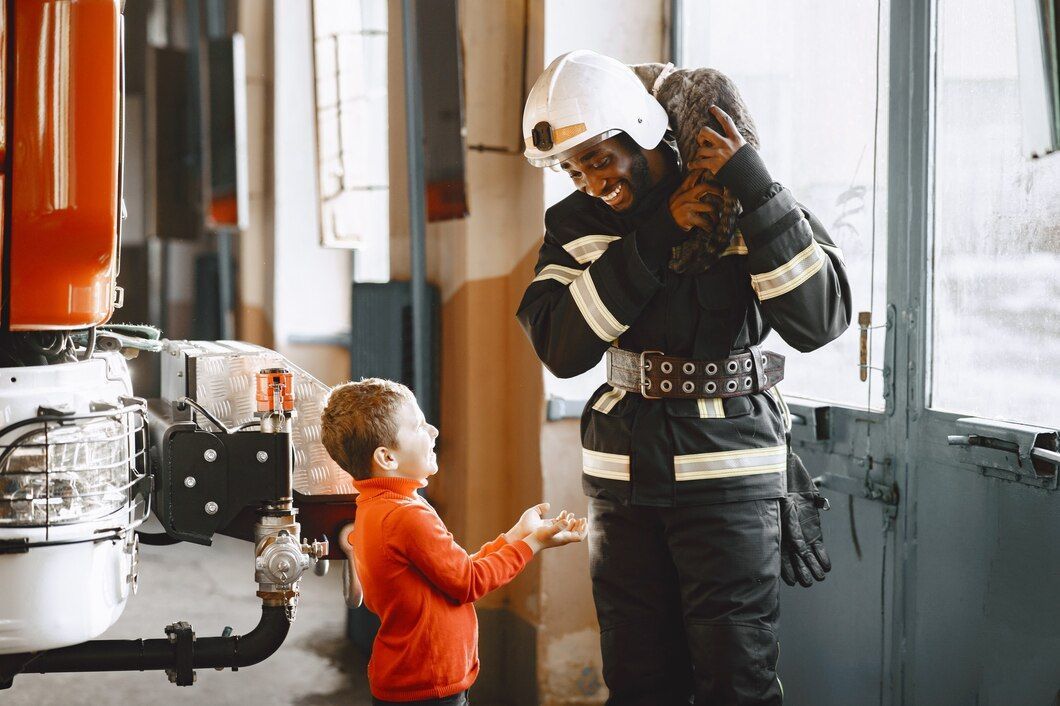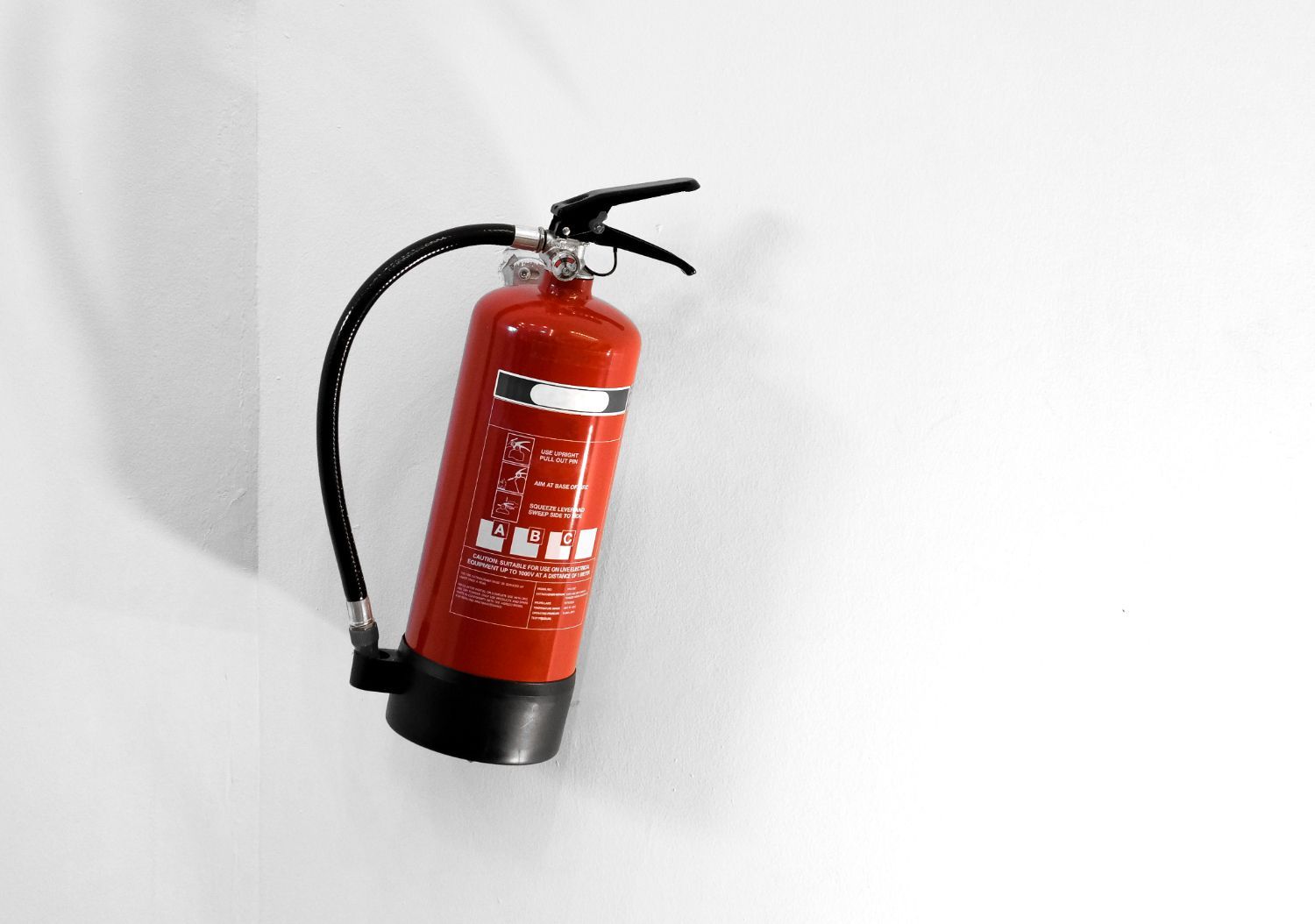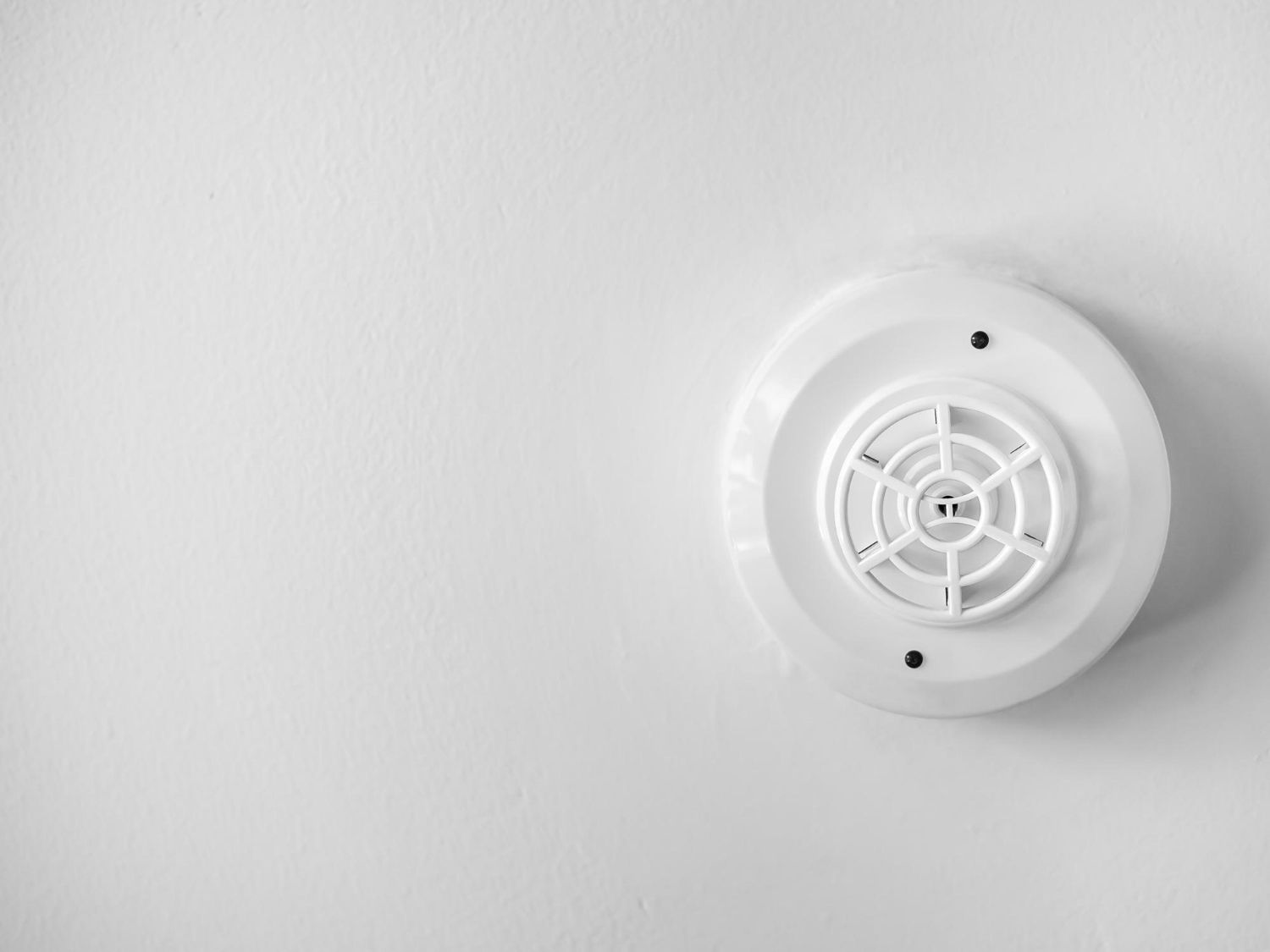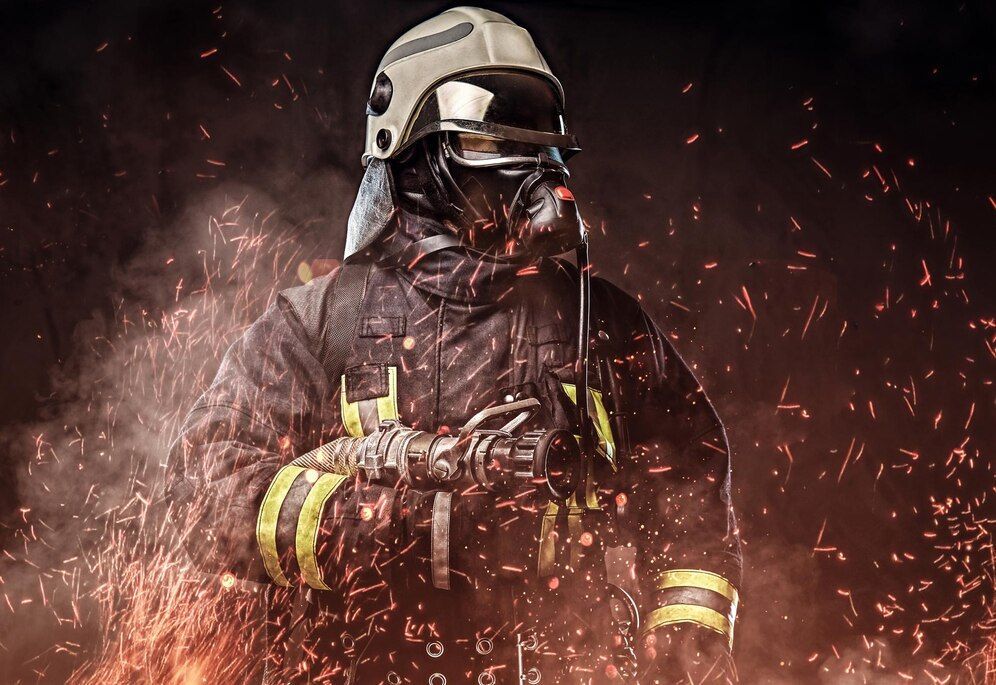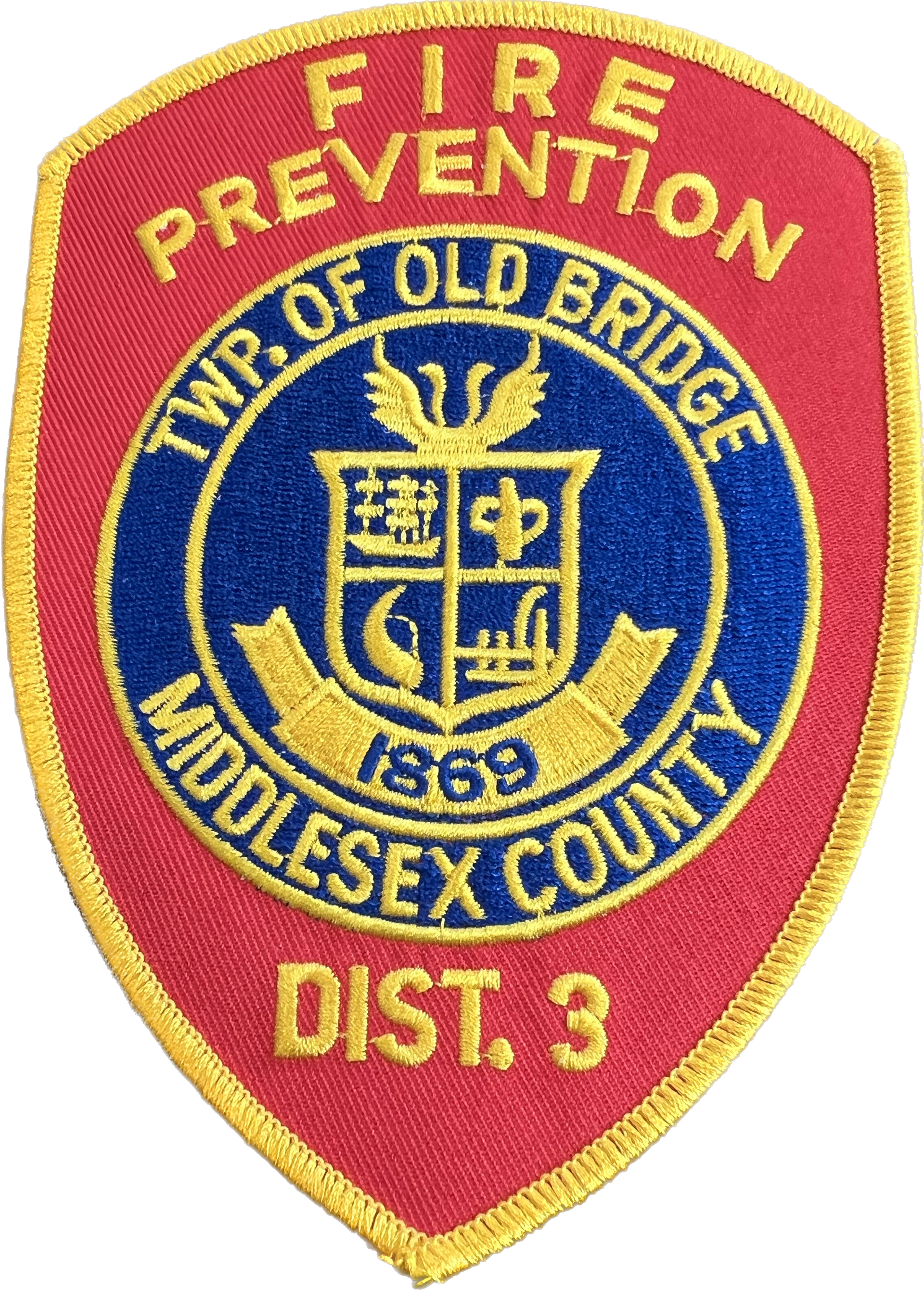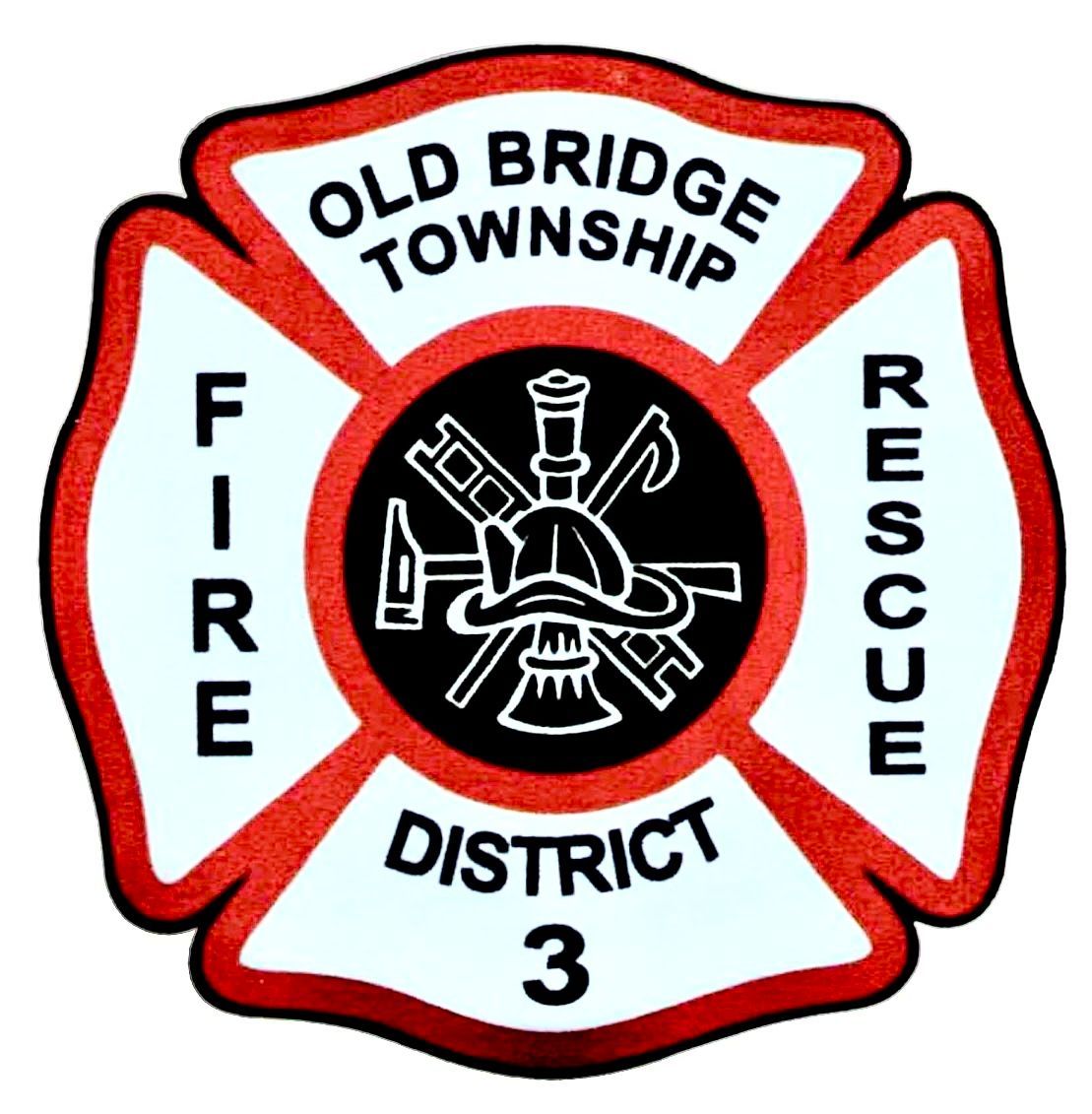Wildfire Preparedness in Fire District 3: Protecting Your Home and Property
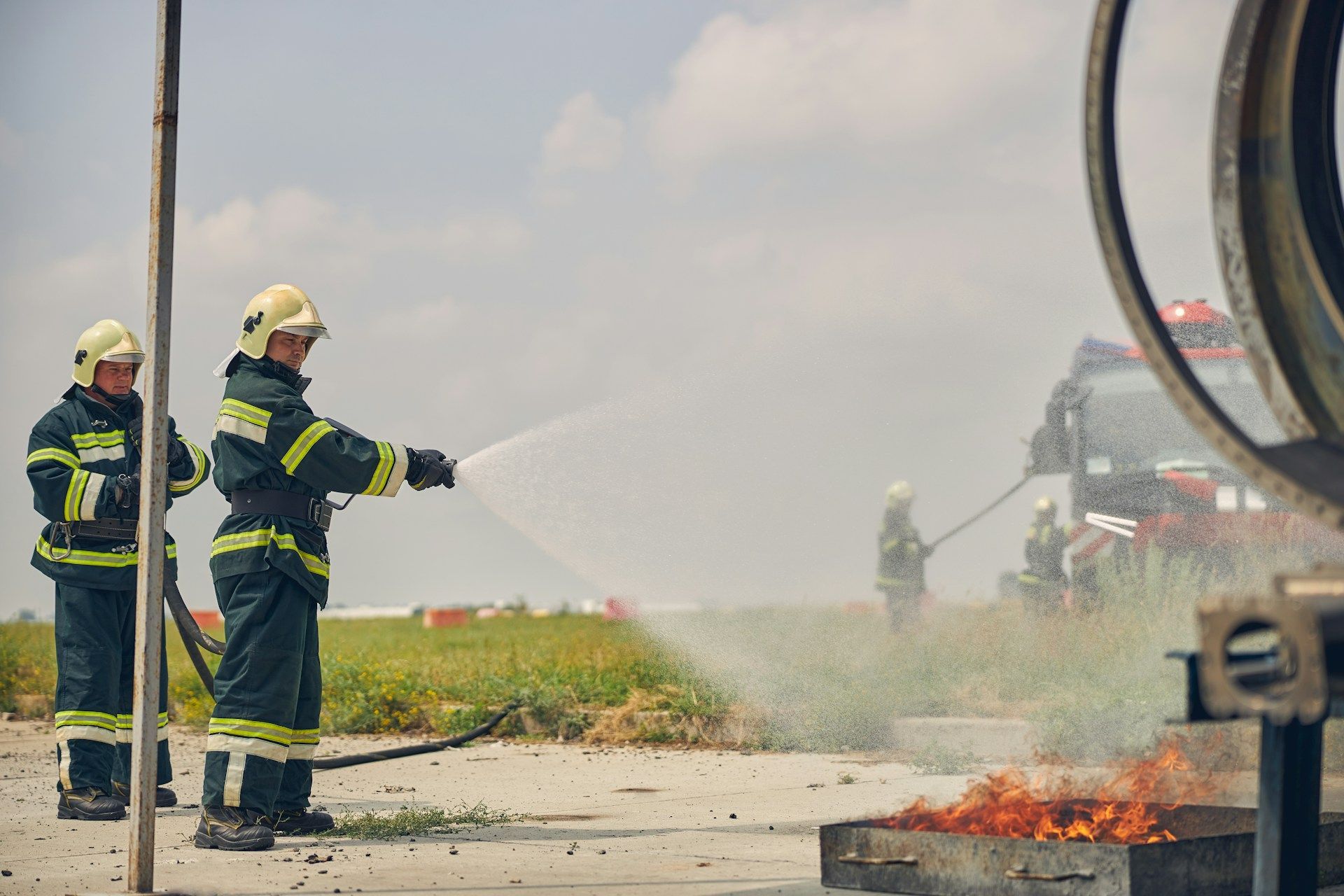
Wildfires pose a significant threat to the homes and properties within Fire District 3. As a community, we must take proactive measures to protect our homes, belongings, and the environment. By implementing wildfire preparedness strategies, we can mitigate the impact of potential wildfires and enhance the safety of our district.
In this detailed guide, we will delve into practical steps for preparing your home and property for wildfires. Our aim is to provide an actionable and comprehensive resource that empowers the citizens of Fire District 3 with the knowledge to create defensible spaces, implement fire-resistant landscaping, and ensure effective emergency planning. By utilizing these essential tips, you can safeguard your property, protect our natural resources, and contribute to the overall safety of our community.
Join us as we explore the importance of wildfire preparedness and outline the key practices to better equip your property against the devastating effects of wildfires. Together, we can build a more resilient Fire District 3, prepared to face and overcome the challenges posed by these natural disasters.
1. Creating Defensible Spaces
A crucial aspect of wildfire preparedness is establishing defensible spaces around your property. These are buffer zones designed to reduce the risk of fire spreading to your home and provide a safer area for firefighters to operate:
- Zone 1 (0-30 feet from your home): The area immediately surrounding your home should be cleared of flammable materials and vegetation. Keep this zone well-maintained, and promptly remove dead plants, leaves, or debris. Fire-resistant plants may be utilized if spaced out and kept low to the ground.
- Zone 2 (30-100 feet from your home): In this zone, aim to reduce fuel sources and create separation between plants. Remove ladder fuels, trim trees, and establish horizontal and vertical spacing between plants to reduce fire spread potential.
2. Implementing Fire-Resistant Landscaping
Choosing fire-resistant plants and strategically planning your landscape can minimize the risk of fire engulfing your property:
- Selecting Fire-Resistant Plants: Opt for plants with high moisture content, limited flammability, and slow growth rates. Examples include succulents, some deciduous trees, and groundcovers. Consult your local nursery or Cooperative Extension service for regionally appropriate fire-resistant plants.
- Strategic Plant Placement: Space plants out to reduce the chance of fire spreading between them. Avoid planting large bushes, shrubs, or trees close to your home, as they may act as ladder fuels, allowing fire to reach your roof or eaves.
- Routine Maintenance: Properly maintaining your landscape is essential for fire prevention. Regularly trim trees and bushes, rake up dry leaves, and remove dead branches. By adopting these practices, you can ensure that your landscape remains a valuable fire-resistant asset.
3. Fireproofing Your Home's Exterior
Taking proactive steps to enhance your home's fire resistance is an essential component of wildfire preparedness:
- Roof Material: When selecting a roof material for your home, opt for fire-resistant options such as metal, clay, slate, or asphalt shingles with a Class A fire rating.
- Siding: Fire-resistant siding materials, such as fiber cement, aluminum, or brick, can better protect your home in the event of a wildfire.
- Windows: Choose dual-pane windows with tempered glass, as they are less likely to break and permit the entry of heat, embers, or flames.
- Vents: Install ember-resistant vents on your home's exterior to prevent burning debris from entering your home's interior during a wildfire.
4. Emergency Planning and Evacuation Preparedness
Having an emergency plan in place ensures that you and your family are ready to act swiftly and safely in the event of a wildfire:
- Family Communication Plan: Create a communication plan for your family that includes emergency contact information, as well as designated meet-up locations in case of separation.
- Emergency Supply Kit: Assemble an emergency supply kit that includes essential items such as water, non-perishable food, medications, clothing, blankets, flashlights, and a battery-powered radio.
- Evacuation Plan: Develop a household evacuation plan with multiple escape routes, accounting for various potential wildfire scenarios. Rehearse this plan with your family members to ensure everyone is familiar and confident with the procedures.
Strengthening Wildfire Preparedness in Fire District 3
Embracing wildfire preparedness and
fire prevention practices is essential in safeguarding your home, property, and the entire Fire District 3 community from the devastating impact of wildfires. Implementing defensible spaces, fire-resistant landscaping, exterior home improvements, and effective emergency planning is an investment in the safety and resiliency of our district.
By understanding the importance of wildfire preparedness and sharing this valuable information with others, we can cultivate a community that stands strong against the threat of wildfires and protects its citizens and land. Promote wildfire preparedness and safety by sharing this actionable guide with your friends, family, and neighbors in Fire District 3. Together, we will thrive in resilience and ensure the ongoing safety of our community.

